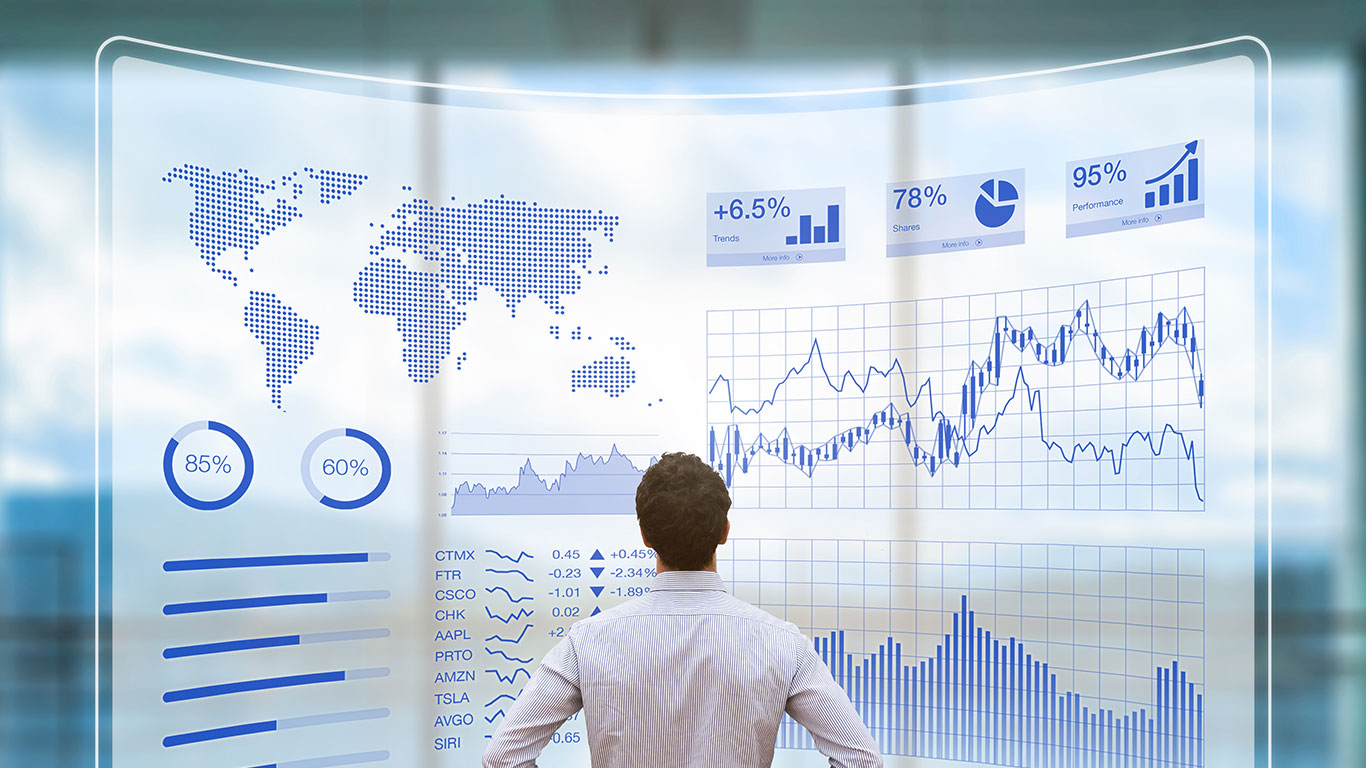This post has already been read 4472 times!
There is a lot of buzz around the supply chain industry with new technologies and trends disrupting the industry. With so many consultants, each advocating for their favorite trends, it can get confusing. Here are what I think are the three most important trends supply chain leaders need to pay attention to in 2018 in order to succeed in their industries.
1. Convergence of the Planning and Execution
The world we live in today is moving so quickly that supply chain plans of yesterday no longer meet the needs of today. - James Curtis Click To TweetPlanning and execution should be simultaneous. The world we live in today is moving so quickly that plans of yesterday no longer meet the needs of today. Executing on plans will have to happen parallel with planning because plans will change as real time data of demand and supply changes.
An instant drop in demand for a product will mean a change to the plans and the execution of those plans. Therefore planning and executing will need to converge for optimal results. As problems occur they will need to be planned out and executed simultaneously.
2. End-to-end Visibility, Optimization and Execution
End to end visibility is extremely important to the health of your supply chain. Unforeseen stock outs of a specific item delay product launches and upset the customers who expect their products when they want them. To gain this visibility companies will need to put in place control towers, custom built to their specific needs. With visibility comes the ability to optimize inventory at the nodes in the supply network. By gaining full end to end visibility you can see potential stock outs however, optimization will need to be coupled with the execution layer.
- See the problem
- Optimize for the problem
- Execute measures to avoid the problem

3. Embedded Intelligent Autonomous Agents
Intelligent Autonomous Agents will need to be turned on in the execution layer. While with control towers you will gain full end to end visibility you will not have a way of planning and executing on those plans within a single instance in real time. By embedding Intelligent Autonomous Agents supply chain leaders will gain the ability to automate their supply chains with agents doing the heavy lifting.
Intelligent Autonomous Agents will see the problem thanks to the end to end visibility enabled by control towers. They will then optimize & plan a solution for the problem and then execute to solve the problem simultaneously. Depending on the problem the Intelligent Autonomous Agents could solve and execute by automatically ordering the proper inventory to the restaurants or distributions centers. These Intelligent Autonomous Agents can solve a number of problems and when they can not they have been created to allow for human intervention.
If AI and Intelligent Autonomous Agents are to achieve optimal results, they must include all eight of the criteria discussed by Greg Brady in 8 Fundamentals for Achieving AI Success in the Supply Chain.
Adopt and Adapt for Maximum Advantage
Supply chain leaders need to act. By adopting these trends now, before they become mainstream, companies can gain a significant advantage over their slow-to-react rivals. Early movers have more time to adapt to these trends, and can even help shape them.
Look for these three trends to become more prominent this year, and in the years to come. The time to adopt them and prepare is now!
To learn more about these trends, and for a case study on how AI can bring enormous benefits to supply chains, I recommend booking your seat at the upcoming webinar where you will learn more about Dana Corp’s advanced AI and Blockchain enabled Control Tower.
An earlier version of this article was first published on LinkedIn.
- Automating Logistics with an Intelligent Logistics Network - January 31, 2020
- How Restaurant Companies Can Achieve Network Effect in 2020 - January 7, 2020
- How AI is Generating Value for US Restaurants - August 6, 2019
